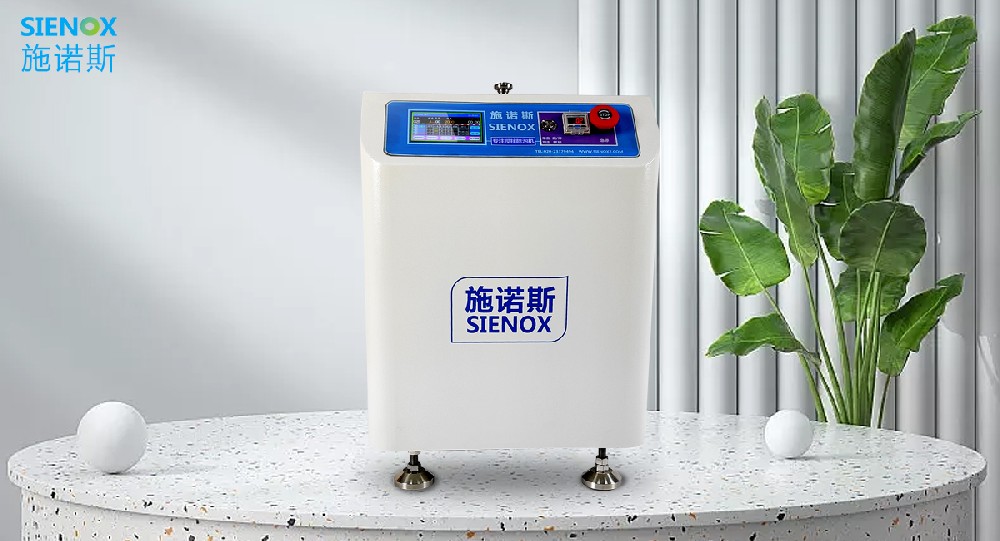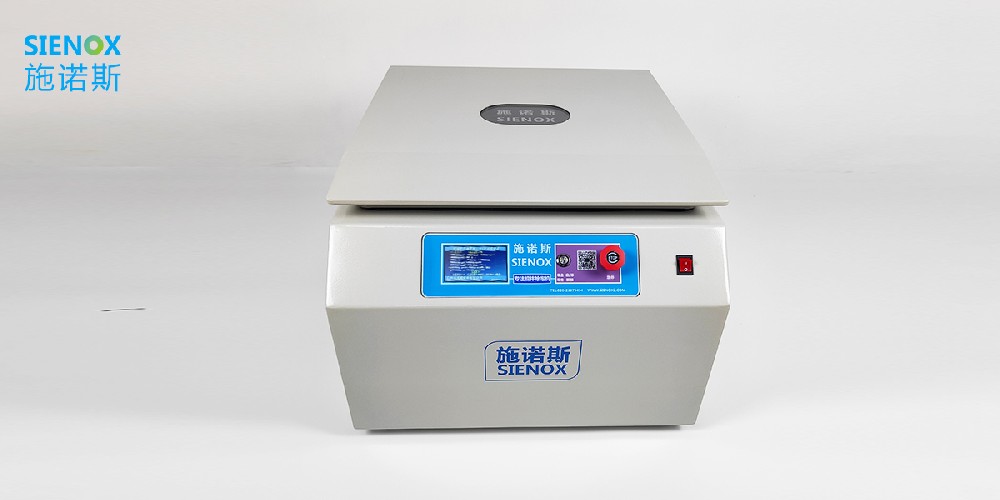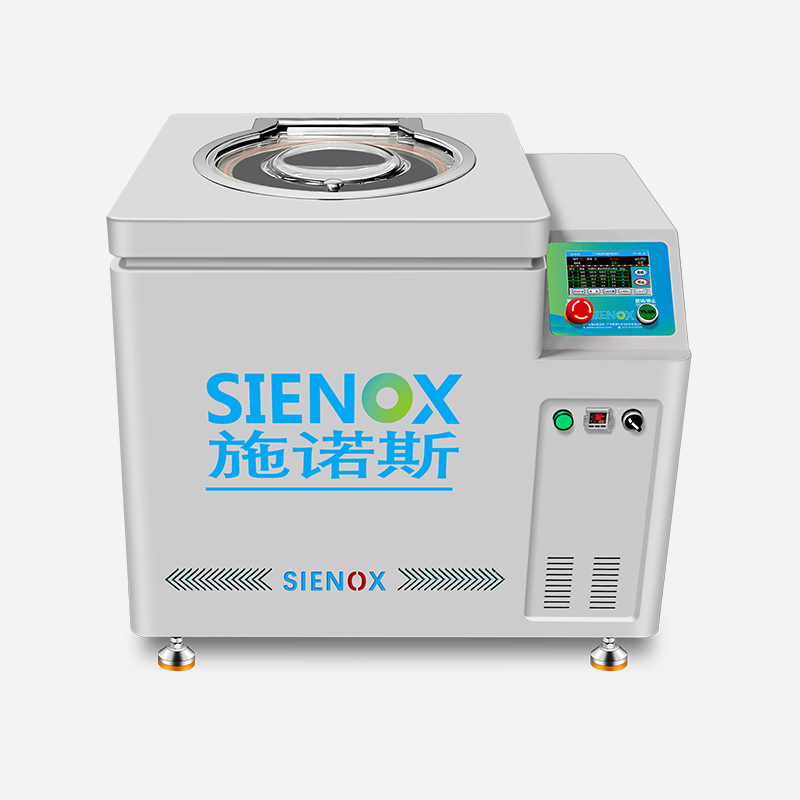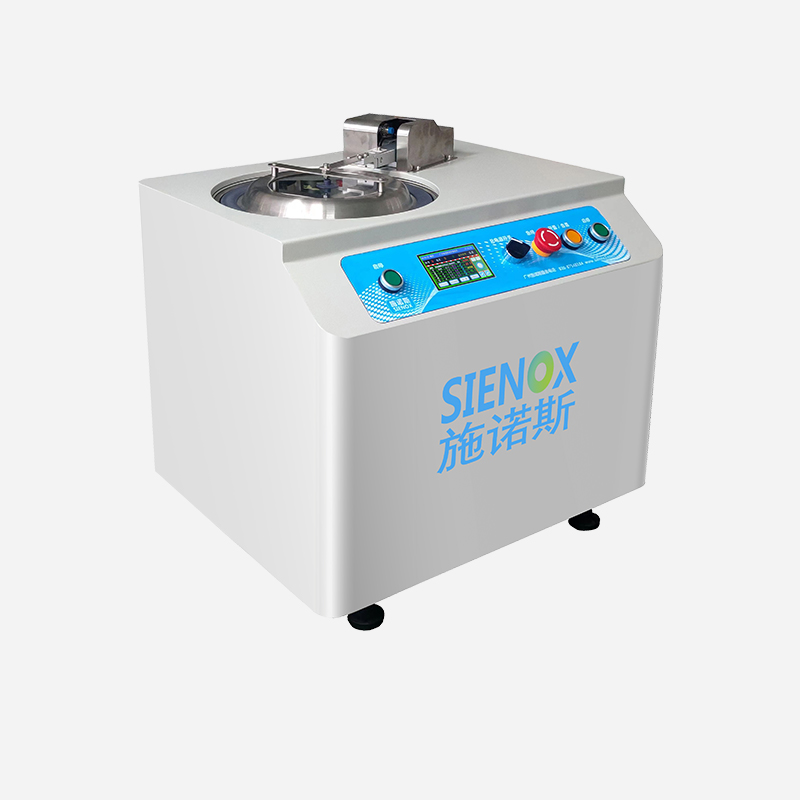
News

TEL:18925129293
Discussion on the precautions for the use of defoaming machines by manufacturers
date:2023-10-26author:SIENOXA degassing machine is an essential equipment used in various industrial and laboratory applications to remove bubbles from liquids or materials. It helps ensure the quality and performance of the final products. However, there are some key considerations to keep in mind when using a degassing machine to ensure safety, efficiency, and reliability.

1. Safe operation:
Safety is always a top priority. When using a degassing machine, it is essential to follow the manufacturer's operation manual and safety procedures. Operators should wear appropriate personal protective equipment such as safety goggles, gloves, and lab coats to prevent injuries or splashes of solution.
2. Regular maintenance:
Degassing machines require regular maintenance to ensure their proper operation. This includes cleaning, calibration, and replacement of worn parts. Regular maintenance can extend the life of the equipment, improve performance, and reduce the risk of failures.
3. Suitable operating environment:
Ensure the degassing machine is placed in a suitable operating environment. Avoid placing the equipment in high-temperature, humid, or corrosive environments, which may cause damage to the equipment or affect its performance.
4. Material compatibility:
Understanding the nature of the liquid or material you are handling is crucial. Ensure that the components and materials of the degassing machine are compatible with your samples to prevent corrosion or contamination. Special materials must be used when handling corrosive substances.
5. Avoid overloading:
Do not exceed the capacity of the degassing machine. Overloading may cause the equipment to overheat or performance degradation. Always operate according to the manufacturer's recommendations to ensure proper functioning of the equipment.
6. Ensure proper exhaust:
Degassing machines typically need to exhaust the removed bubbles and vapors. Ensure the equipment is connected to an appropriate exhaust system to prevent gas buildup in the operating chamber, thereby reducing health risks to operators.
7. Compliance with regulations and standards:
Comply with relevant legal requirements according to regulations and standards in your area, especially when handling hazardous substances. This may include waste disposal, safety signs, and other regulatory requirements.
8. Training and education:
Operators must receive proper training and education on the operation and maintenance procedures of the degassing machine. Ensure that only trained personnel operate the equipment to reduce the risk of operational errors.
9. Monitoring and recording:
Monitor the operation and performance of the degassing machine and regularly record key data for analysis of equipment operation. This helps identify potential issues and take corrective action promptly.
10. Regular calibration:
Regular calibration of the degassing machine ensures its stability and accuracy. Calibration can be performed by professional technicians or service providers.
In summary, using a degassing machine is a crucial task essential for many industrial and laboratory applications. Following the above-mentioned considerations can ensure the safe, efficient, and reliable operation of the degassing machine while reducing the risks of equipment damage and operational errors.


















